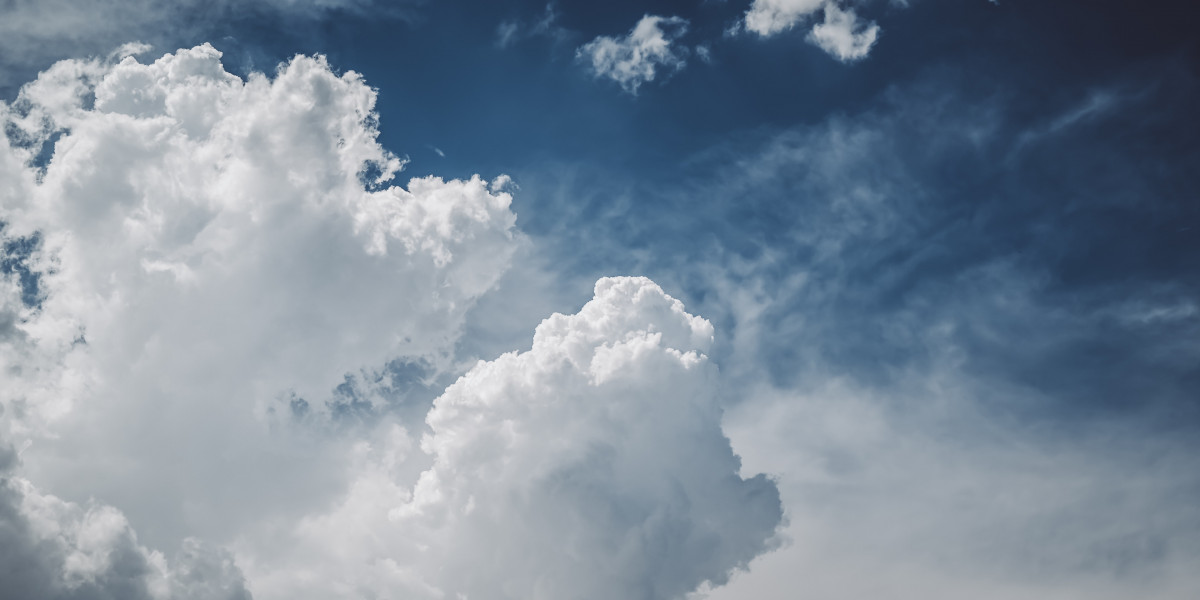Unlock the Secret to the Perfect Pergola: Discover the Best Woods You Never Knew About!
Pergolas have become a staple in outdoor design, offering a perfect blend of functionality and aesthetic appeal. These alluring structures provide shade, create a cozy retreat, and enhance the beauty of gardens and patios. However, the allure of a pergola isn’t just in its design; it heavily relies on the type of wood used in its construction. Choosing the right wood is crucial for ensuring durability, maintaining its beauty over the years, and minimizing maintenance efforts. With various wood types available, each with its unique characteristics, it’s essential to explore your options. In this article, we will delve into several types of wood suited for building a pergola, examining their benefits and drawbacks, helping you make an informed choice for your outdoor sanctuary.

1. Understanding Pergolas and Their Purpose
A pergola can be described as a garden feature forming a shaded walkway, passageway, or sitting area, typically supported by vertical posts or pillars. The primary purpose of a pergola is to provide partial shelter while allowing sunlight to filter through its open roof, creating a beautiful interplay of light and shadow. In addition to their functional benefits, pergolas enhance the overall aesthetics of outdoor spaces, serving as an elegant focal point in gardens and backyards. The choice of wood can significantly influence the overall look and feel of the structure; for instance, rich, dark woods can evoke a sense of rustic sophistication, while lighter woods may offer a more modern and airy ambiance.
2. Criteria for Choosing the Best Wood for Pergolas
When selecting the best wood for your pergola, several essential factors should guide your decision. First and foremost is durability; the wood must withstand various weather conditions, including rain, sun, and wind, without deteriorating. Additionally, resistance to pests, such as termites and rot, is crucial for longevity. Maintenance requirements are another critical consideration; some woods require regular staining or sealing to maintain their appearance, while others naturally resist weathering. Finally, cost-effectiveness should not be overlooked; while some woods may be more aesthetically pleasing or durable, they might also come with a hefty price tag. Balancing these criteria will help you choose the best wood that meets both your practical and aesthetic needs.
3. Top Wood Types for Pergolas
There are various wood types suitable for pergola construction, each offering unique benefits and drawbacks. Here’s a detailed look at some of the most popular options:
3.1 Cedar
Cedar is a favorite among homeowners for its natural resistance to decay and insects. This wood has a beautiful reddish-brown hue, which can enhance the aesthetic appeal of any outdoor space. My friend Lisa built a cedar pergola last summer, and the way it blends with her garden’s natural colors is simply stunning. However, cedar does require some maintenance, including regular sealing to preserve its color and integrity. If left untreated, it may weather to a silvery-gray hue, which some may find appealing, but it won't have the same vibrant look as when it was first installed.
3.2 Redwood
Redwood is known for its stunning color and impressive durability. This wood not only stands up well to the elements but also develops a beautiful patina over time, adding character to any pergola. A neighbor of mine has a redwood pergola that has aged gracefully, maintaining its structural integrity while becoming more visually interesting. However, redwood can be more expensive than other options, and its availability may vary depending on your location, which could influence your choice.
3.3 Pressure-Treated Pine
For those on a budget, pressure-treated pine is an excellent option. This wood undergoes chemical treatment to enhance its durability and resistance to moisture and pests. It’s widely available and relatively affordable compared to other wood types. However, while pressure-treated pine is long-lasting, it may not have the same aesthetic appeal as cedar or redwood. Furthermore, the chemicals used in the treatment can be a concern for some, particularly in garden settings where plants are nearby.
3.4 Tropical Hardwoods (e.g., Teak, Mahogany)
Tropical hardwoods like teak and mahogany are renowned for their exceptional durability and resistance to the elements. They have a luxurious feel and can withstand harsh weather conditions, making them a top choice for high-end pergolas. However, the downside is their cost; these woods can be significantly more expensive than other options, which may not fit everyone’s budget. Additionally, environmental concerns regarding sourcing these woods mean that careful consideration is needed when choosing tropical hardwoods.
3.5 Composite Wood
Composite wood, made from a blend of wood fibers and plastic, is gaining popularity for its low maintenance and durability. It resists rotting, warping, and fading, requiring minimal upkeep compared to traditional wood. My friend Tom recently installed a composite pergola, and he loves that it doesn’t need painting or sealing. However, composite materials can lack the natural beauty of real wood, and their initial cost may still be high. It's essential to weigh the benefits against the aesthetic qualities when considering this option.
4. Maintenance Tips for Your Pergola
Taking care of your pergola is crucial to its longevity. Regular inspections should be conducted to check for any signs of damage or pest infestations, regardless of the wood type you choose. Cedar and redwood, for instance, may require regular sealing to protect against moisture and UV damage, while pressure-treated pine might need a coat of sealant to prevent cracking. Composite materials generally require less maintenance but should still be cleaned periodically to avoid dirt buildup. Ultimately, a little care can go a long way in preserving the beauty and functionality of your pergola for years to come.
Your Guide to Selecting the Right Pergola Wood
Choosing the best wood for your pergola is a decision that should align with your individual needs, preferences, and the specific climate conditions of your area. Each wood type mentioned offers unique advantages and potential drawbacks, so it's essential to consider durability, maintenance, and aesthetics when making your choice. Whether you lean towards the natural charm of cedar, the luxurious feel of redwood, or the practicality of composite materials, ensuring that your pergola complements your outdoor space will enhance your home’s overall appeal. Take the time to explore your options and choose the wood that best fits your vision for your outdoor oasis.








